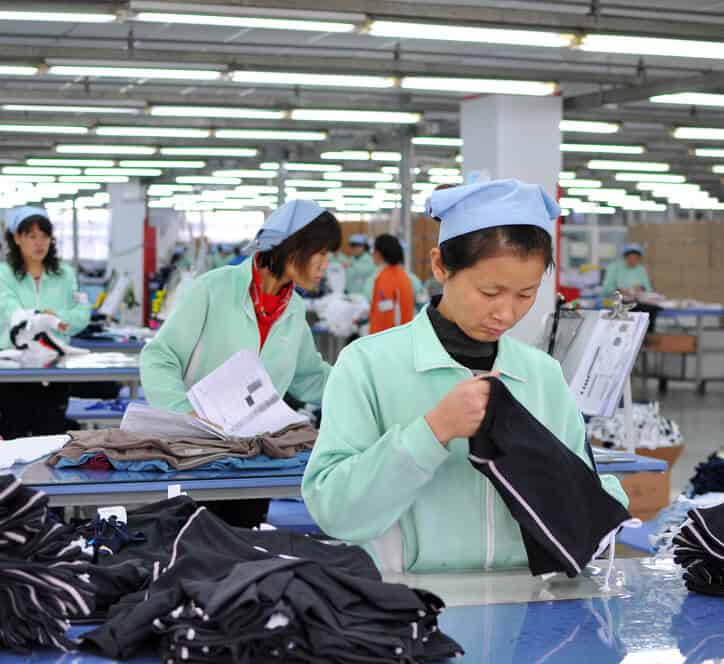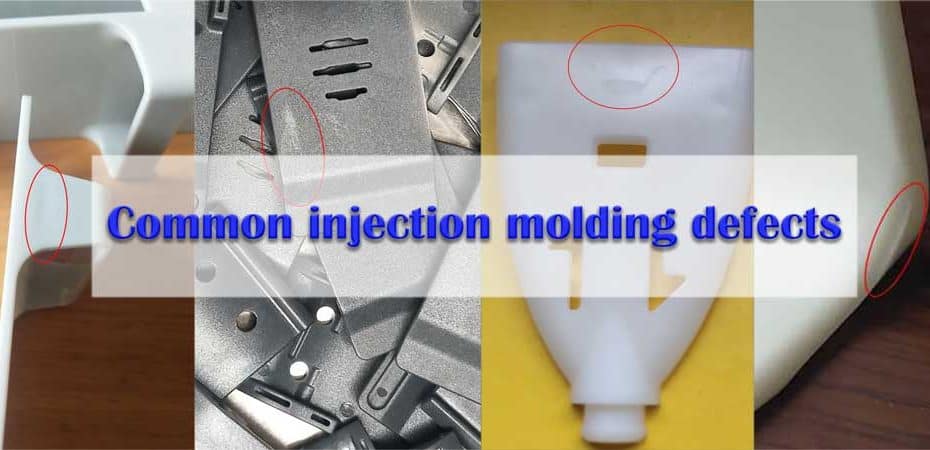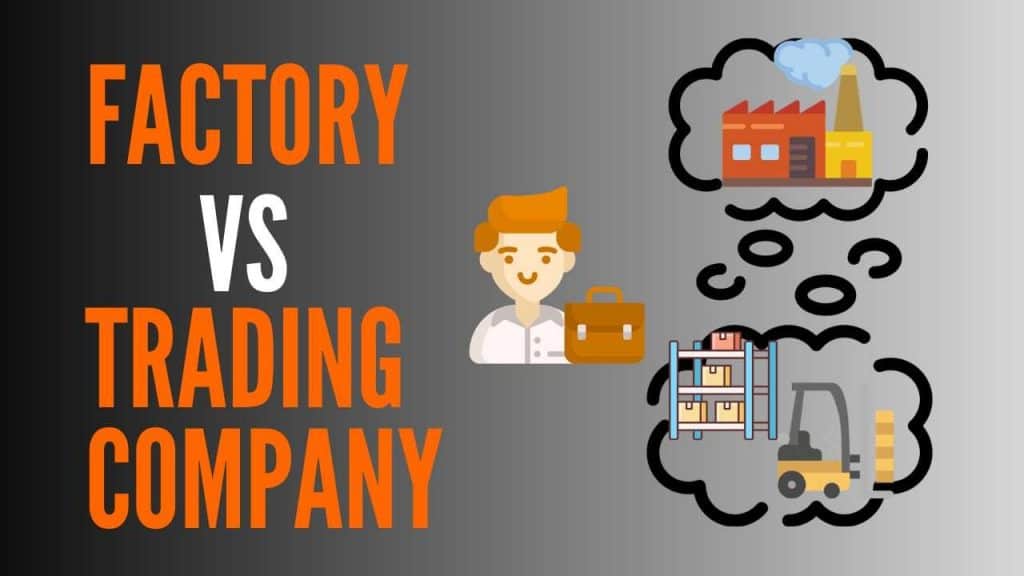
June 8, 2021
Making Private Conversations Easier by Teaching Kids
Suscipit taciti primis tempor sagittis euismod libero facilisi aptent elementum felis blandit cursus gravida sociis enim eleifend lectus. Nullam dapibus
Read More
June 8, 2021
Suscipit taciti primis tempor sagittis euismod libero facilisi aptent elementum felis blandit cursus gravida sociis enim eleifend lectus. Nullam dapibus
Read More
June 8, 2021
Suscipit taciti primis tempor sagittis euismod libero facilisi aptent elementum felis blandit cursus gravida sociis enim eleifend lectus. Nullam dapibus
Read More
June 8, 2021
Suscipit taciti primis tempor sagittis euismod libero facilisi aptent elementum felis blandit cursus gravida sociis enim eleifend lectus. Nullam dapibus
Read More
May 30, 2021
Suscipit taciti primis tempor sagittis euismod libero facilisi aptent elementum felis blandit cursus gravida sociis enim eleifend lectus. Nullam dapibus
Read More
April 24, 2021
No matter what the conditions are around the world, no matter how volatile the demand is for consumer products, there’s
Read More
March 31, 2021
Up until the time that your production starts, incoming quality control (IQC) are the method of inspecting the quality of
Read More
March 13, 2021
China has proved itself to be the “jack of all trades” in the last few years and everyone all over
Read More
February 4, 2021
When it comes to injection molding, the chances you might end up making a costly mistake is too high. Quality
Read More
February 3, 2021
Do you wish to source or contract directly with a factory to produce your goods through a trading company? Ever found
Read More
February 2, 2021
It appears to be a common misconception amongst importers that simply because they are importing from an outsourced manufacturing base,
Read More